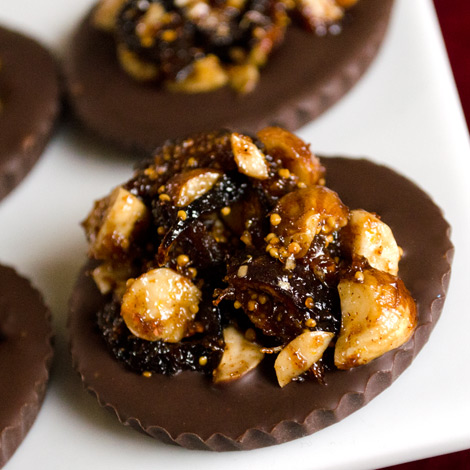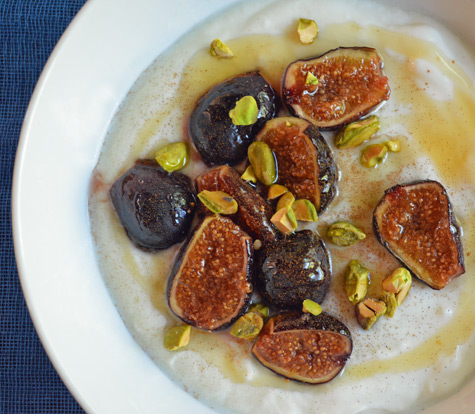Hi, all! Long time, no post. Since my husband and I started eating a mostly Paleo diet last year, I just haven’t been as inclined to write. Most meals are simple foods, simply prepared (but delicious!). I definitely repeat recipes a lot these days, whereas I used to try something new almost every day. Still, I had a friend request dinner ideas recently, so I’ll try to get back into the swing of things. (And I make no promise that absolutely everything I post will be healthy. A girl’s gotta live a little!)
Since we’re having another snow day here in Denver, I thought it would be the perfect time to post Roasted Chicken and Butternut Soup from the October 2010 issue of Everyday Food. This recipe – like so many of my favorites these days – is what I like to call “accidentally Paleo.” It wasn’t created with the Paleo diet in mind, but the ingredients comply perfectly.
Roasted Chicken and Butternut Soup
Serves 4
Prep time: 15 min. | Total time: 55 min.
Ingredients:
4 bone-in, skin-on chicken thighs (boneless, skinless will work fine too)
1 medium butternut squash (about 2 1/2 pounds), peeled, seeded, and diced medium
1 small yellow onion, diced medium
2 tablespoons olive oil (or coconut oil)
Coarse salt and ground pepper
4 cups low-sodium chicken broth or water (I use Costco’s organic chicken stock)
1/4 teaspoon ground cumin
1/4 teaspoon ground coriander
1 to 2 tablespoons fresh lemon juice
Fresh cilantro (optional)
Method:
Preheat oven to 425°. In a roasting pan or rimmed baking sheet, toss together chicken, squash, onion, and oil; season with salt and pepper. Arrange in a single layer and roast until squash and chicken are cooked through, about 30 minutes.
Transfer chicken to a plate and let cool. Transfer squash and onions to a medium pot and add broth, cumin, and coriander. Bring to a simmer over medium-high. With a potato masher or back of a wooden spoon, mash some vegetables until soup is thick and chunky. (I just give it a few pulses with my immersion blender.) Discard skin and bones from chicken; cut meat into small pieces and add to soup. Stir in lemon juice; season to taste with salt and pepper. To serve, top with fresh cilantro, if desired.
I do love this soup. It’s hearty and filling thanks to the chicken, but it certainly isn’t heavy; the squash and lemon create a light texture and bright flavor. This one of several recipes I make in big batches and then freeze individual portions for future lunches. (I’m no longer a Lean Cuisine addict – hooray!)
Recipe link: Roasted Chicken and Butternut Soup











